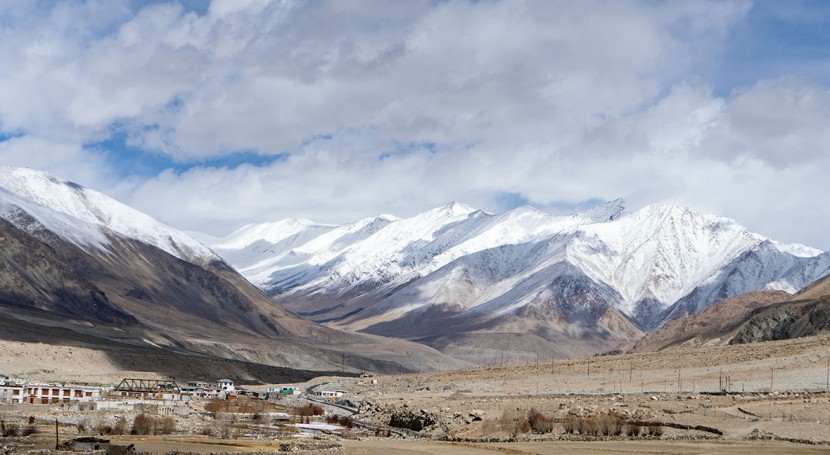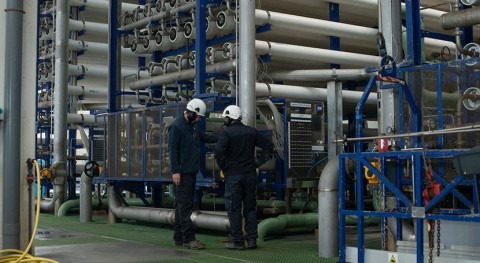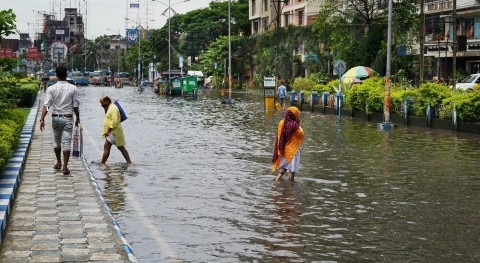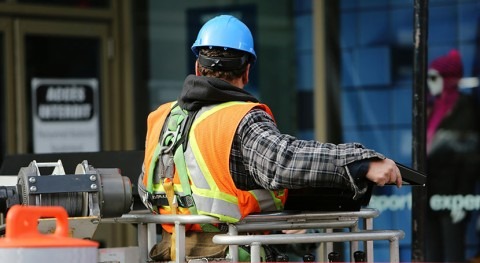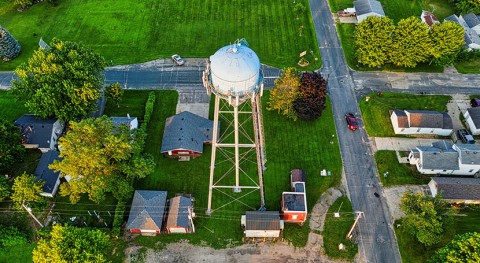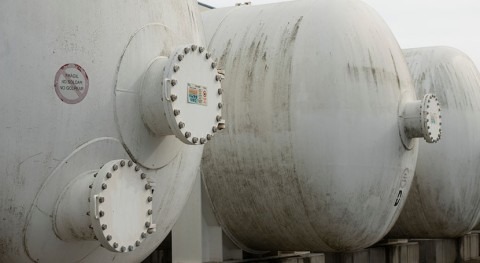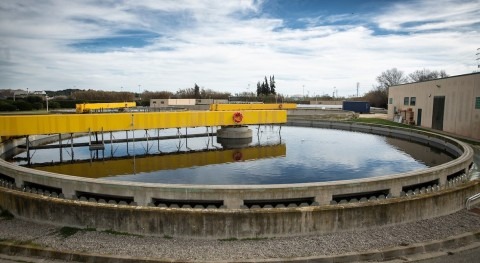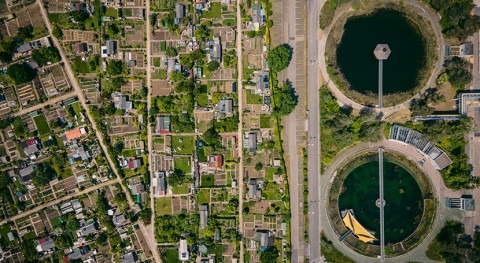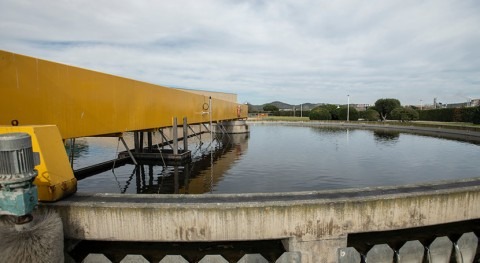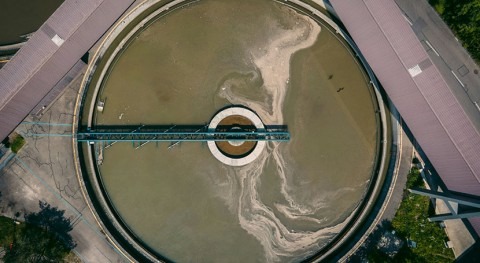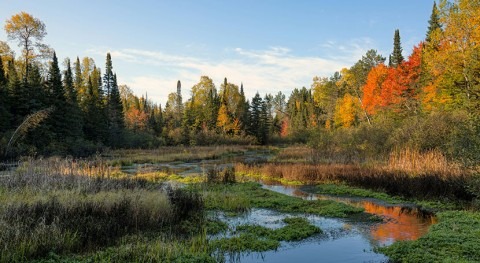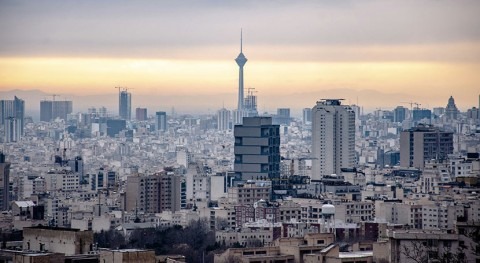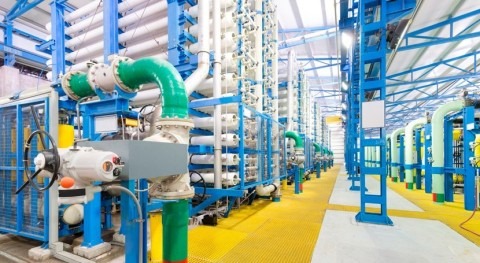The region of the Hindu Kush Himalayas and the Tibetan Plateau – known as the Third Pole, as it contains the larges reserve of frozen freshwater outside the polar regions – is warming faster than the global average, and glacier retreat may affect water security not only for locals, but also for populations living thousands of kilometres away in downstream areas, reports Undark.
The region contains the headwaters of 10 major rivers that provide drinking water, irrigation and hydropower to almost 2 billion people in Asia, including the three longest rivers in Asia (the Yellow, Yangtze, and Mekong).
If global temperature increases 1.5 °C, research predicts only 37-49% of glacier mass will remain in the region by 2100, leading to changes in hydrological cycles. While low-lying plains in Nepal and coastal regions of Bangladesh would at first experience an increase in water levels, over time, the trend would reverse as glacier area shrinks. This would be a general trend in glacier-fed river basins in all world regions: average annual runoff from glaciers is expected to reach a peak that will be followed by declining runoff at the latest by the end of the 21st century, according to the IPCC.
According to a recent study looking at Terrestrial Water Storage (TWS) published in the Nature Climate Change journal, the entire Tibetan Plateau could experience a large net water loss by 2060. Excessive water declines, especially in the Amu Darya and Indus River basins, threaten the water supply security of downstream areas. “Terrestrial water storage across this region is crucial in determining water availability, and it is highly sensitive to climate change," said study author Di Long, from the department of Hydrologic Engineering at Tsinghua University.
Information from Gravity Recovery and Climate Experiment (GRACE) satellite observations have provided new opportunities to quantify TWS changes on a large scale. “By examining the interactions between climate change and TWS, our study serves as a basis to guide future research and the management by governments and institutions of improved adaptation strategies”, said Di Long.
While a major driver of the accelerating glacier melt in the Himalayas is climate change, which is altering the patterns of temperature and precipitation, a World Bank report suggests that deposits of anthropogenic black carbon may be responsible for more than 50% of the accelerating glacier and snow melt in the region. Black carbon dust settles on the ice, which in turn absorbs more heat and thaws faster. A component of fine particulate matter, black carbon forms through the incomplete combustion of fossil fuels and biomass. Although current policies in South Asia to address black carbon emissions – such as phasing out diesel vehicles and promoting electric cars – are expected to reduce black carbon deposition by 23%, the World Bank calls for improving the efficiency of brick kilns, which would account for around half of the regional anthropogenic black carbon deposition, and would require a modest up-front investment.
Recognizing that addressing the challenges associated with glacier melting in the Himalayas is a transboundary task, the World Bank calls for cooperation to come up with joint adaptation strategies, starting with sharing information about the evolution of glaciers and their risks.


